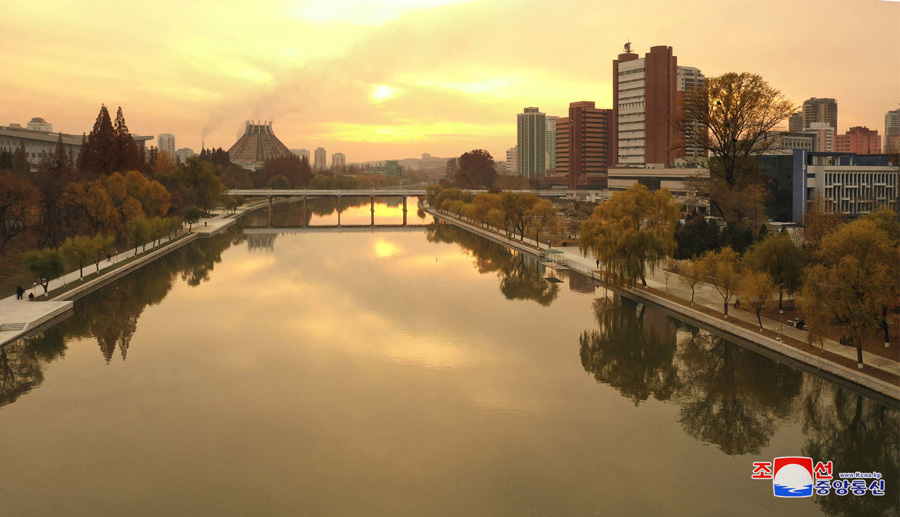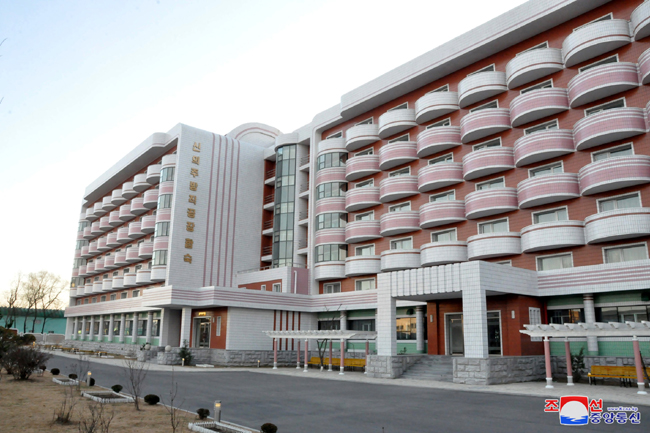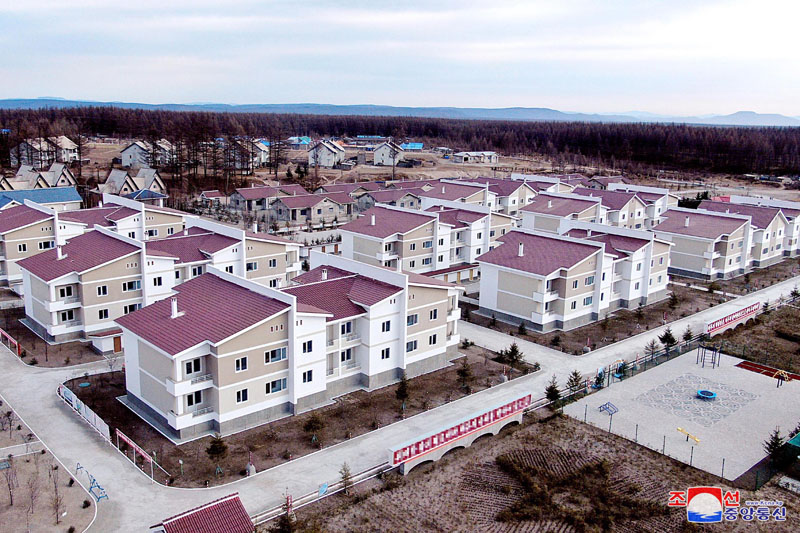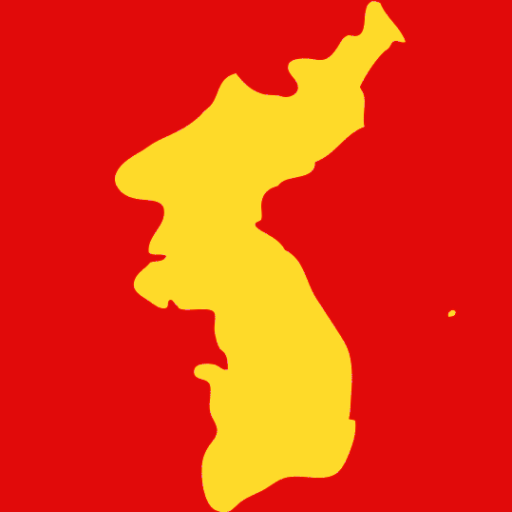Architecture
-

Video: Moving into New Houses in Rason City
Homes for more than 100 families rebuilt in a safe and sunny spot for those who lost them to major tidal waves this year.
-

President Kim Jong Un Attends Inaugural Ceremony of Potong Riverside Terraced Residential District
Around 800 luxury homes built for merited persons, teachers, and writers in ideal spot along Potong river.
-

President Kim Jong Un Attends Inaugural Ceremony of Songhwa Street
10,000 free modern homes unveiled in east Pyongyang, the first set of the planed 50 thousand in the capital city.
-

Daily-Changing Appearance of Pyongyang
Pyongyang, the cultural and political epicenter of the Korean nation, grows ever more magnificent with passing days.
-

Spotlight: Sungnyong Temple
Temple in Central District of Pyongyang near the Grand People’s Study House shows the magnificent architectural skills of Korean ancestors.
-

Info Clip: Conspicuous Scenery Around Potong Gate
An inside look around Potong Gate where beautiful streets and architecture have risen up from the debris of war.
-

Spotlight: Mausoleum of King Kongmin
The beautifully decorated tombs of the 31st monarch of Koryo and his queen stand near Kaesong City.
-

Info Clip: Creations Representing Pyongyang
Pyongyang abounds with magnificent architectural edifices beautifully decorating the marvelous epicenter of the Korean revolution.
-

Report: Ulmil Pavilion, a Pride of Pyongyang
6th century pavilion part of old walls of Pyongyang City named after famed patriotic general Ulmil.
-

Ground-Breaking Ceremony of Project for Building 10,000 Flats Held in Pyongyang
Ceremony held for start of construction of first set of 50,000 new modern apartments planned for Pyongyang.
-

Info Clip: Songbul Temple
Temple in North Hwanghae Province shows the marvelous architectural talents of Korean ancestors.
-

Info Clip: Yongpha Pavilion
Pavilion in Huichon City shows the talented architectural style of Korean ancestors.
-

Spotlight: Ryongwang Pavilion
Pavilion built in 427 served as the main gate to the fort on Mount Taesong in Pyongyang.
-

Architecture Based on the People-First Principle
Buildings not only reflect contemporary architecture, but also express the ideology, emotions, and desires of the designers and builders.
-

Relics Show Korea’s Medieval Stone Sculpting
Korean ancestors displayed their wisdom and skill throughout the field of sculpture.
-

Institute Works to Protect Architectural Environment
As green energy-saving architecture becomes the main trend in the DPRK, research is being done to develop environmentally friendly building materials.
-

Info Clip: They Design the Future
A look inside the Pyongyang City Designing Institute.
-

Tanchong, Architectural Decoration Created by Korean Nation
Tanchong paint has been developed and used in traditional Korean architecture for well over a thousand years.
-

Info Clip: Comprehensive Base for Architectural Study and Creation
A look inside the Paektusan Institute of Architecture in the DPRK.
-

Spotlight: Ulmil Pavilion
Scenic pavilion once served as a command post for the walls of Pyongyang.
-

Spotlight: Kwangbop Temple
Temple originally built in 392 by one of the first Buddhist monks to spread Buddhism to the Korean peninsula.
-

Spotlight: Kim Il Sung Square
Square in central Pyongyang used for major events and holidays in the DPRK.
-

Spotlight: Chilsong Gate
6th century gate once served as northern gate to the inner walls of Pyongyang.
-

Spotlight: Choesung Pavilion
Historic pavilion stands at the highest point of Moran Hill in Pyongyang.
-

Video: People Move to New Houses in Feed Supply Farms under Kwangchon Chicken Farm
Free modern homes for over a thousand rural families completed in North Hwanghae Province.
-

Video: Sinuiju Youth Open Air Theatre Newly Built
Cultural education center built for schoolchildren and youth in North Phyongan Province.
-

Project for Remodeling Promenade along Potong River Completed in Pyongyang City
Tens of thousands of meters along the Potong River through Pyongyang thoroughly spruced up for the cultural enjoyment of the working people.
-

Video: Ideal Socialist Villages Appear in Komdok Area of South Hamgyong Province
New spruced up villages completed for affected families in the once disaster stricken Komdok area.
-

Workers Hostel of Sinuiju Textile Mill Inaugurated
Hostel unveiled on the 25th fully equipped for the happy cultural living of textile workers.
-

Smile Brightly
The Phyongchon District Mirae Nursery, completed in 2015, sits on the back of the Taedong River in Pyongyang.
-

Thousands of Dwelling Houses Built in Samjiyon City
New homes for thousands of families completed in Ryanggang Province by shock brigades and soldier-builders.

